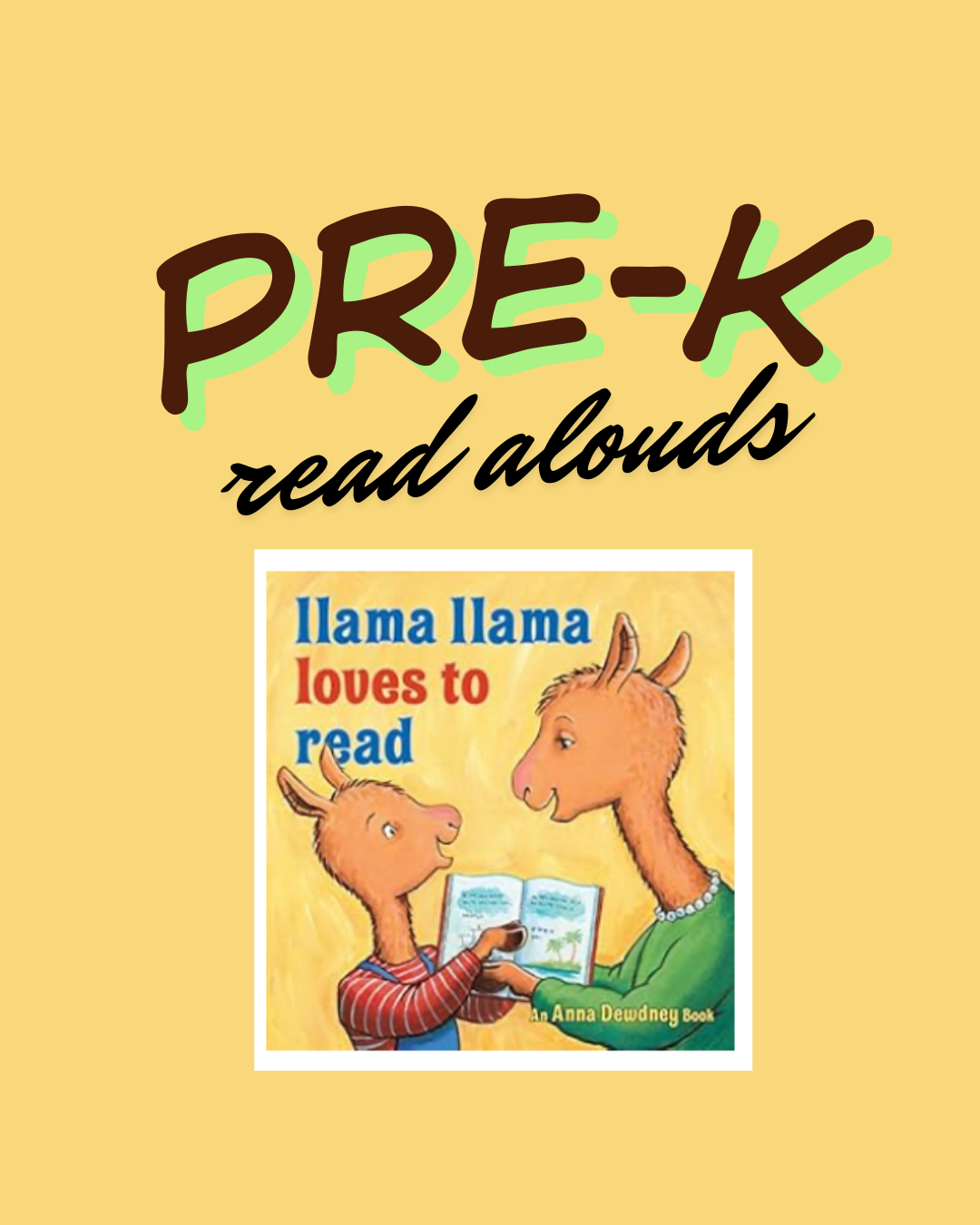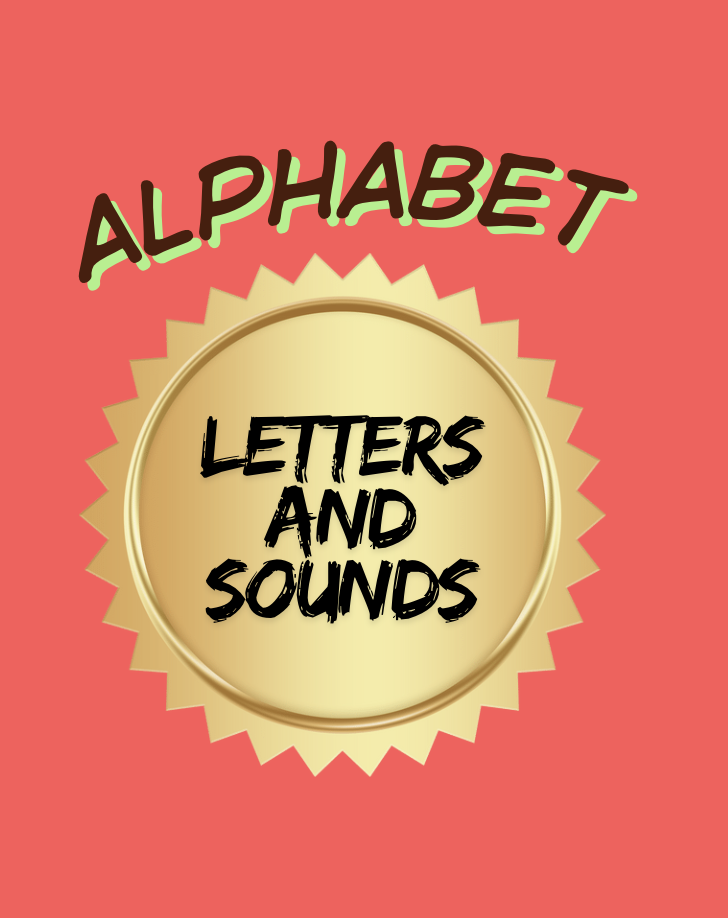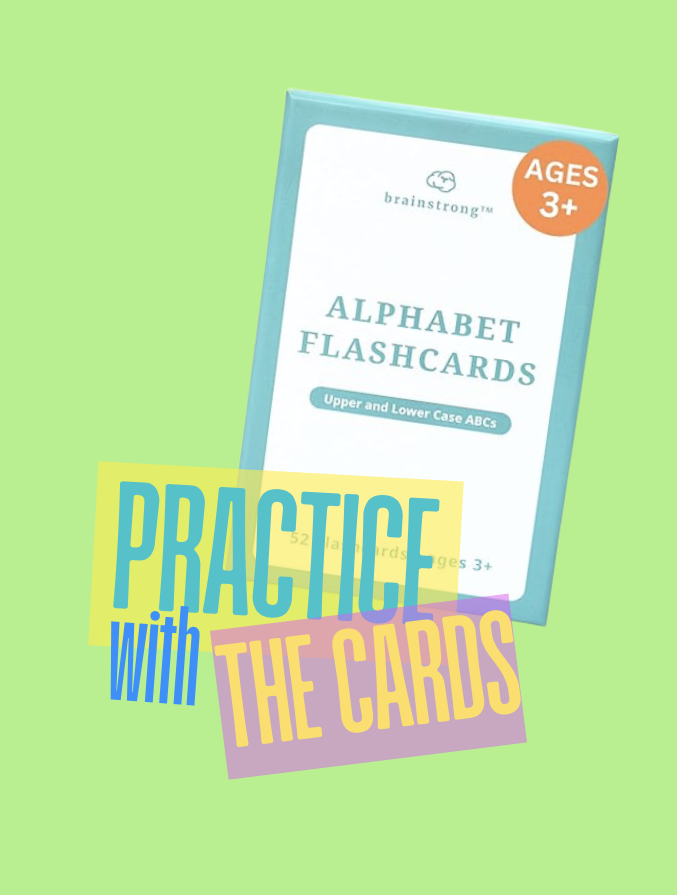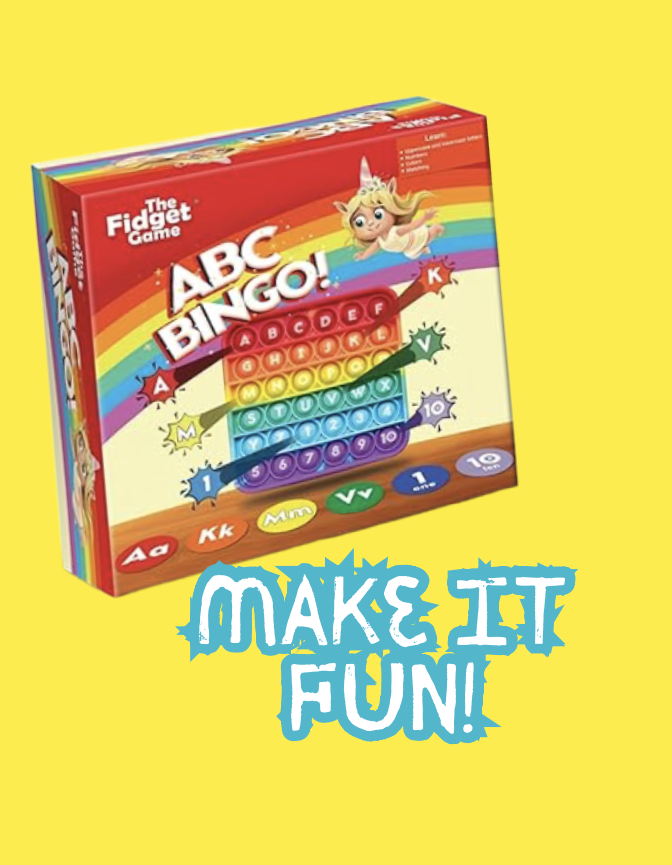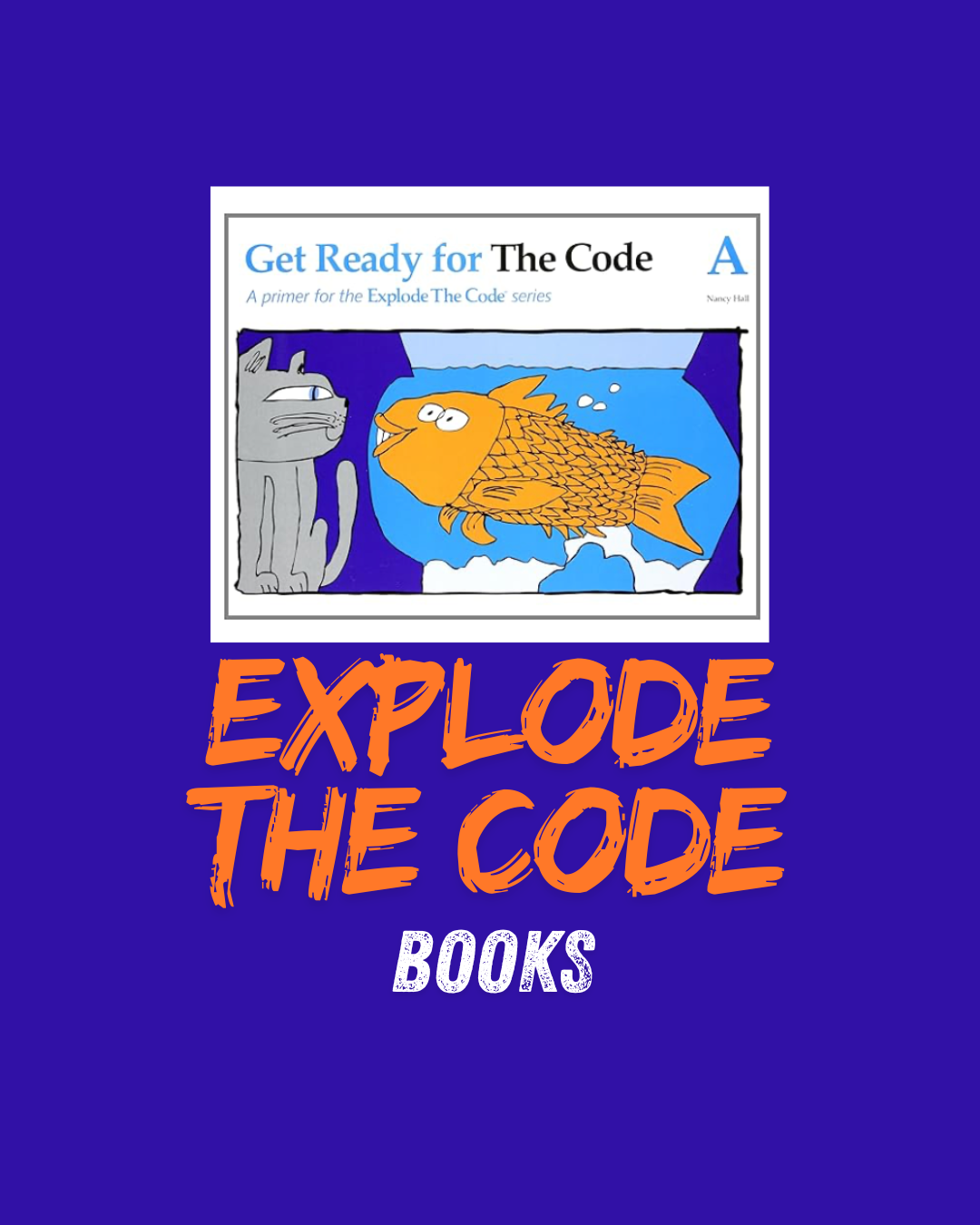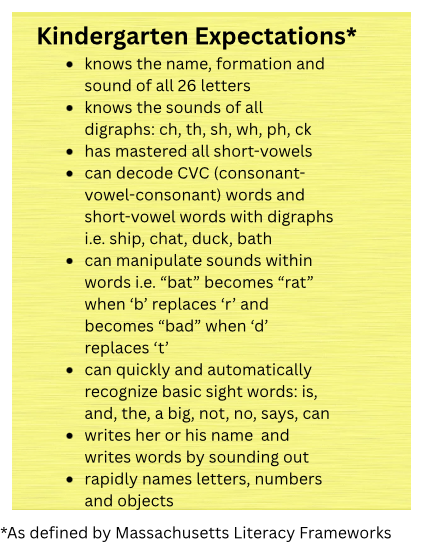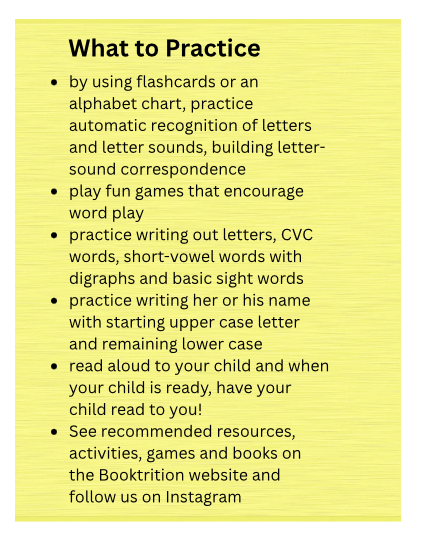
What do pre-kindergarteners love? Getting messy! Experimenting, exploring, playing games and literally hands-on activities. From birth to age five, children will experience the greatest amount of brain growth and development. This is in part why second languages are easiest to acquire at a young age. Our brains, however, do not naturally come pre-wired to read. And while we don’t expect these youngsters to be reading books independently, there are essential ways parents can help their children build a strong foundation of pre-literacy skills.
Pre-K



Getting Ready for Kindergarten

Ready for Books?
Start here!
-
Bob Books have withstood the test of time in their reputation of promoting phonics-heavy reading since 1920. Their relatively unchanged, old-school illustrations reflect that history. The characters and words alike are simple and uncomplicated. Bob Books specialize in the mastery of CVC words (consonant-vowel-consonant) and words progress in difficulty throughout each series to incorporate more sight words and phonetic complexity.
The very first book in the series, Mat, is a great first reader for Kindergartners with repetition of a handful of rhyming CVC words.
Quick stats: 24 total words, 6 unique. 3 CVC words (mat, sat, sat) and 2 sight words (on, the). 1 challenge word (end).
-
-
The books in each series focuses on a short vowel and a common spelling pattern like -ig or -at. This series is very approachable for young readers in terms of format. On the left side of each page there is one word to sound out, which is then incorporated into a simple sentence on the right side of each page.
Quick stats: 21 total words, 11 unique. 5 CVC (big, dig, pig, jig, wig) and 5 sight (he, a, can, is, has).
-
-
Author Pam Mehlin has created a small book series around short vowel sounds. Tam, for example, is a part of the ‘short a’ vowel sound series. The books have large, clear texts which make it easier for beginning readers to concentrate on decoding. The illustrations incorporate some extra humor and words which parents may need to help decode. In Tam, kids will love that she has technology with her such as her laptop and phone. The phone screen even looks like the Uber app!
Quick stats: 43 total words, 18 unique. 11 CVC (tam, tap, bag, fab, had, lap, nap, pad, rap, sal, sat) and 7 sight words (a, can, in, the, has, is, can).
-
-
There are ten books in total in the red set – five of which focus on each of the five vowels one at a time, and five which integrate all short vowels together for review and practice. The books are longer compared to other kindergarten books and may help to build a reader’s stamina. Ben Bug, for example, has 264 words in total. Despite this relatively long length, the text is highly controlled all words are either common sight words or CVC.
Quick stats: 246 total words, 54 unique. 46 are either a VC word or a CVC word. 7 sight words (a, and, bus, of, the, to, was).
-
Primary Phonics Complete Set 1[kindergarten]
Primary Phonics Complete Set 3 [best suited for early first grade]
Primary Phonics Complete Set 2 (best suited for middle first grade)

